Pain defies the mind-body divide. We usually see physical and psychological pain as separate, but research shows that pain doesn’t work that way. Sabrina Coninx and Peter Stilwell argue that pain is not simply in the body or the mind but emerges from the complex interaction of our biology, mindset and environment. Rethinking pain in this way has profound implications for how medicine should understand and treat it.
Imagine starting your morning by stubbing your toe on the bedframe, leaving a large bruise under your toenail. You feel a pulsing, pressing, and unpleasant sensation that makes you yelp, grimace, and hop on one foot. It is a familiar scenario for many of us, but it also raises an intriguing question: What exactly is pain? Is it the injury to your toe, the sensation you feel, or something else entirely?
Linguistic studies indicate that our everyday language is ambiguous about this matter. We often use the term “pain” to describe both a physical state of the body (like the bruised, injured toe) and our personal experience (the pulsing, pressing, unpleasant feeling). For example, when someone says, “I have pain in my toe,” people often interpret this as communicating two things at once: (1) that there is something physically going on with their toe and (2) that they are experiencing an unpleasant feeling related to this body part.
___
Pain challenges us to think beyond the body versus mind and physical versus psychological, showing instead how deeply intertwined these realms are.
___
While this ambiguous use of the word “pain” seems unproblematic in everyday conversation, it is too vague for scientific research or medical practice, where precision is essential. To address this, a common distinction is drawn between pain and nociception. Pain is a personal experience accessible only through the perspective of the person experiencing it. In contrast, nociception is the bodily process of detecting noxious stimuli and transmitting signals of actual or potential tissue damage. Thus, this understanding positions pain on the side of the mind (a personal experience) in contrast to nociception positioned on the side of the body (nerve activity).
Yet, when someone says, “I have pain in my toe,” it seems quite intuitive to examine the toe itself and surrounding tissues. We look for an injury, inflammation, or some other physical disturbance. Thus, even if pain is considered a psychological (mental) phenomenon, it seems closely tied to the body. Still, people commonly make a distinction, separating so-called “physical pain” from “psychological pain”. In other words, even if we consider pain a mental phenomenon, we may ask whether it is stemming from the body or mind?
In our view, by framing the question in terms of “body versus mind” or “physical versus. psychological” we risk falling into a misleading dualism—a common division that artificially separates these domains. Pain, as we argue, is a phenomenon that transcends these simple dichotomies. It challenges us to think beyond the body versus mind and physical versus psychological, showing instead how deeply intertwined these realms are. Collapsing these conceptual dichotomies has important implications and may help improve the care of people living with pain.
Descartes and the mind-body divide











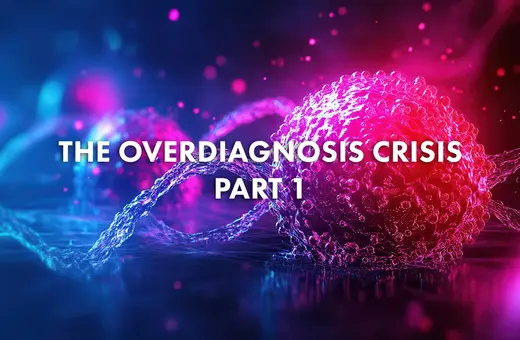
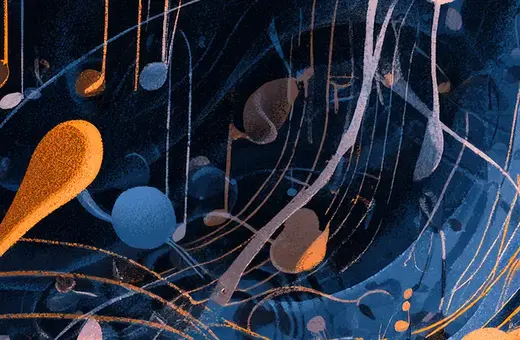

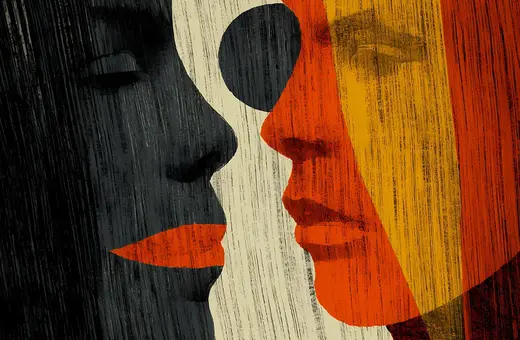
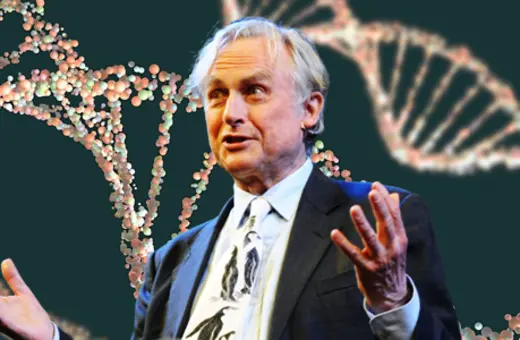
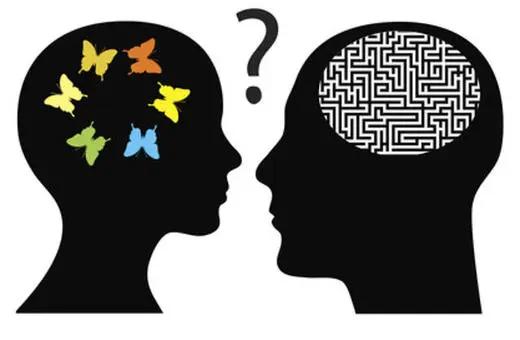
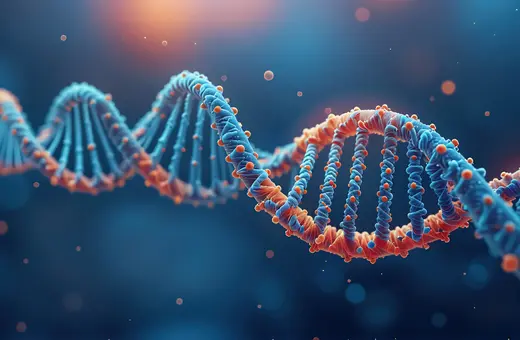



Join the conversation